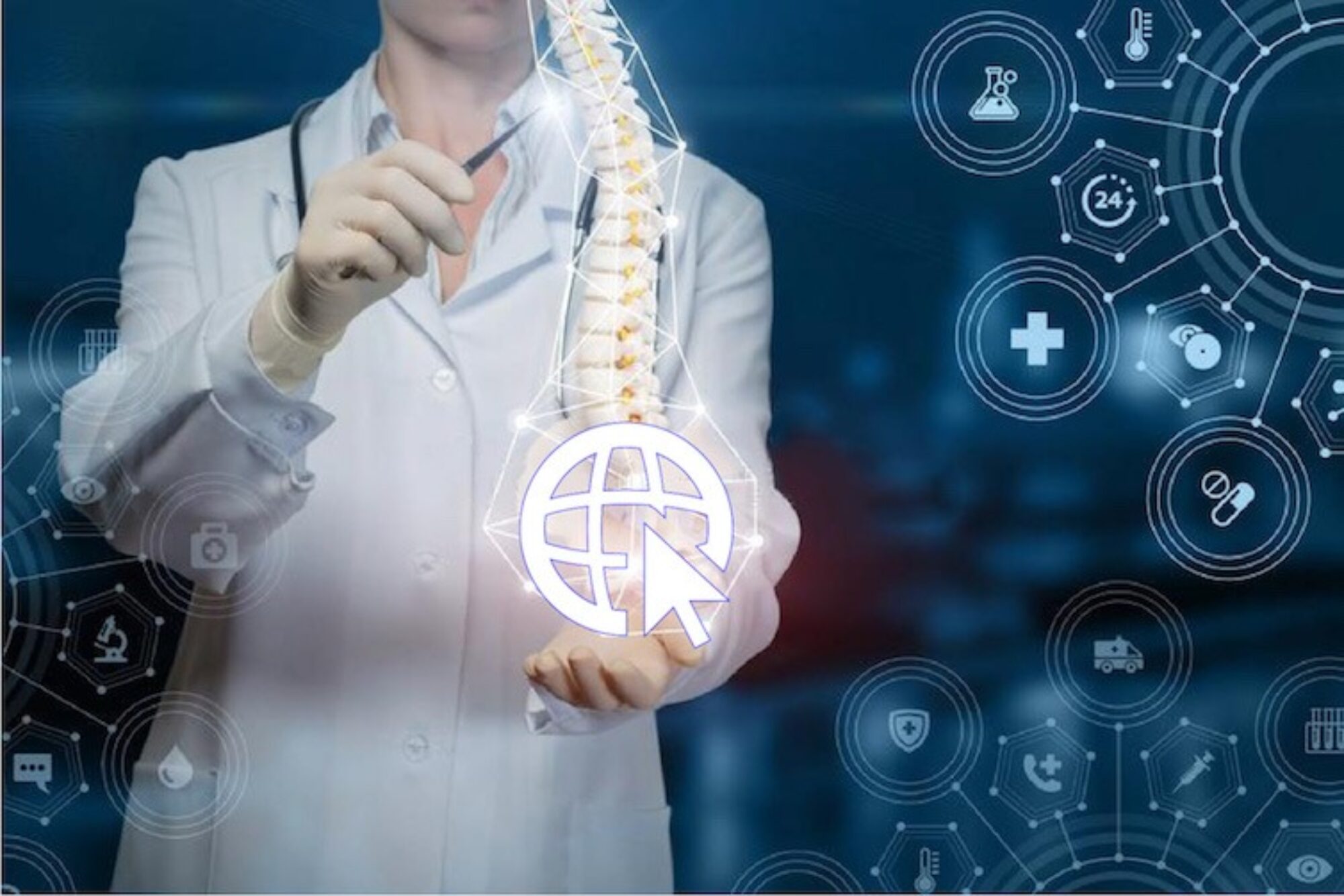Dynamic Digital Radiography (DDR) – NEW Technology
“Dynamic Digital Radiography (DDR) allows you to observe movement like never before. This novel low-dose X-ray imaging technique enables visualization of anatomy in motion.
The DDR can acquire up to 15 sequential radiographs per second and play them back as a cine (movie-type) loop, allowing you to observe the physiological cycle and as individual radiographic images. . This advancement in digital X-ray technology is FDA-approved and available in many of our systems. DDR is X-ray that moves!
Advantages of X-ray that Moves:
Fast Exam: In less than a minute, X-ray that Moves gives clinicians up to 20 seconds of physiological movement with a simple acquisition, performed by radiology staff without the need for physician presence
Low Dose Radiation: With an X-ray that Moves, radiation is lower than in an average fluoroscopy exam.
Convenient & Versatile: The X-ray that Moves system performs all standard X-rays, and images are taken standing, seated or on a table.
*Comes in DICOM format so that literally any radiologist or surgeon can complete their own measurements and reports, making DDR more reputable than it’s cousin, the DMX
Dynamic Digital Radiography- The Future of Diagnosis in Upper Extremity Pathologies
DDR: Clinical Experiences from the United Kingdom
Apparently, there are only a few DDR locations around the world. Here are 2 clinics that we know of… make sure the ordering physician requests measurements of the craniocervical junction.
Spine Centre in Atlanta, Georgia by Dr. Di Cui
Beam Radiology 340 Na’a Common SW Calgary, AB T3H 6A3
Game-changing Benefits of DDR
“Technologies like computed tomography (CT) and magnetic resonance imaging (MRI) can provide high resolution imaging of bony and soft tissue structures, but don’t show the joint’s movement or take images of a patient in a natural upright position. The DDR system can perform all standard X-rays, and images can be taken with the patient standing, seated or on a table.
“In musculoskeletal care, it’s a game changer,” Wagner said. “We are in the infancy of our understanding of exactly what its potential is. I think it’s going to be something that will not only supplant plain X-rays, but probably will take the place of some of the more advanced imaging. You’ll have an idea of what’s going on without needing a more expensive MRI exam or relatively higher radiation CT scan. For injuries like a massive rotator cuff tear, you can see very clearly what’s happening on DDR to make that diagnosis. It’s not something you would need advanced imaging to do.”
In less than a minute, DDR can acquire up to 15 sequential radiographs per second resulting in 20 seconds of motion and multiple single images. The radiation of a typical DDR exam is about equivalent to two standard X-rays.” Reference
Unfortunately there have not been any DDR studies on the cervical spine and craniocervical junction to-date. April 28, 2023

